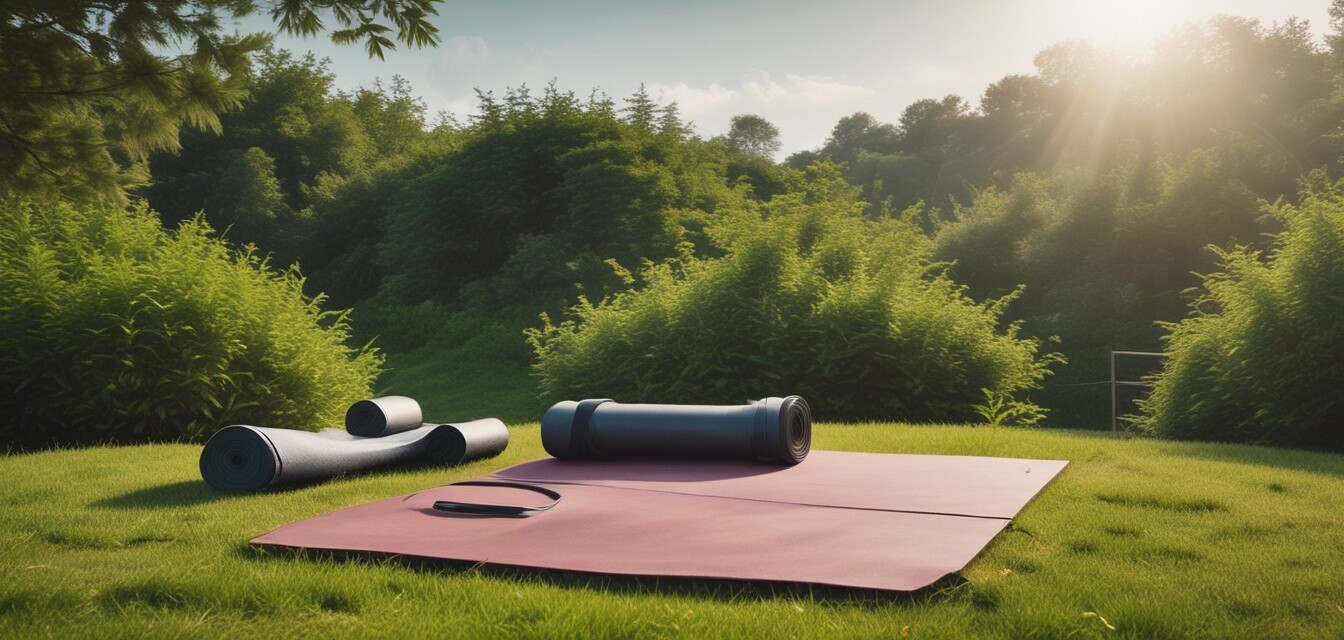
The importance of cool down exercises for seniors
Key Takeaways
- Cool-down exercises help prevent injuries by gradually lowering heart rate.
- They promote flexibility and reduce muscle soreness.
- Incorporating cool-downs can enhance recovery and overall health.
- Cool-down routines can include simple stretching and low-impact movements.
- Always listen to your body during cool-down periods.
As we age, maintaining an active lifestyle becomes increasingly important. Strength training plays a crucial role in enhancing strength, balance, and overall health for seniors. However, just as important as the exercise itself are the cool-down activities that follow. In the following sections, we'll explore the vital role cool-down exercises play in promoting recovery and preventing injuries, making them an essential component of any fitness routine for seniors.
What are cool down exercises?
Cool down exercises are low-intensity activities performed at the end of a workout. They serve to gradually reduce heart rate, promote relaxation, and prepare the body to transition from exertion back to a resting state.
Benefits of cool down exercises
Engaging in cool-down exercises offers numerous benefits for seniors:
- Injury prevention: Gradually lowering your heart rate helps to prevent dizziness and potential falls.
- Reduced muscle soreness: Stretching after exercise can help alleviate soreness caused by intense workouts.
- Enhanced flexibility: Incorporating stretches allows for improved joint and muscle flexibility, which is vital in maintaining mobility.
- Psychological benefits: Taking time to cool down can create a sense of accomplishment and relaxation after a workout.
Guidelines for cool down exercises
To ensure you get the most out of your cool down routine, consider these guidelines:
- Duration: Aim for 5 to 10 minutes of cool-down exercises following your workout.
- Intensity: Keep movements light and controlled. Avoid any sudden movements.
- Breathing: Focus on deep, slow breaths to help your body relax during this time.
- Listen to your body: If something feels uncomfortable, don't hesitate to adjust your movements as necessary.
Effective cool down exercises
Here’s a list of effective cool-down exercises specifically suitable for seniors:
| Exercise | Description |
|---|---|
| Gentle Stretching | Incorporate slow, controlled stretches for major muscle groups, holding each stretch for 15-30 seconds. |
| Walking | Engage in light walking to gradually lower your heart rate. |
| Ankle circles | Lift one foot off the ground and gently rotate your ankle in both directions. |
| Seated Forward Bend | Sit on the ground and gently lean forward to stretch your lower back and hamstrings. |
| Shoulder Rolls | Roll your shoulders forwards and backwards to relieve tension. |
Common mistakes to avoid
When it comes to cool-down exercises, there are a few common mistakes seniors should watch out for:
- Skipping cool downs altogether, which can lead to increased muscle stiffness.
- Performing stretches too aggressively, risking injury.
- Not hydrating adequately post-exercise.
- Rushing through the cool-down phase, thus not allowing sufficient time for recovery.
Conclusion
Incorporating a proper cool-down routine is vital for the health and well-being of seniors engaging in strength training. By understanding the benefits and following the guidelines outlined in this article, you can enhance your recovery, reduce the risk of injuries, and maintain an overall active lifestyle. Remember to listen to your body, as every individual has different needs and capabilities. For more insights on exercises suitable for seniors, check our other resources on resistance bands and safety tips for exercising.
Pros
- Improves flexibility
- Prevents injuries
- Helps reduce muscle soreness
- Encourages mental relaxation
Cons
- May be skipped by those in a rush
- Requires discipline to perform consistently